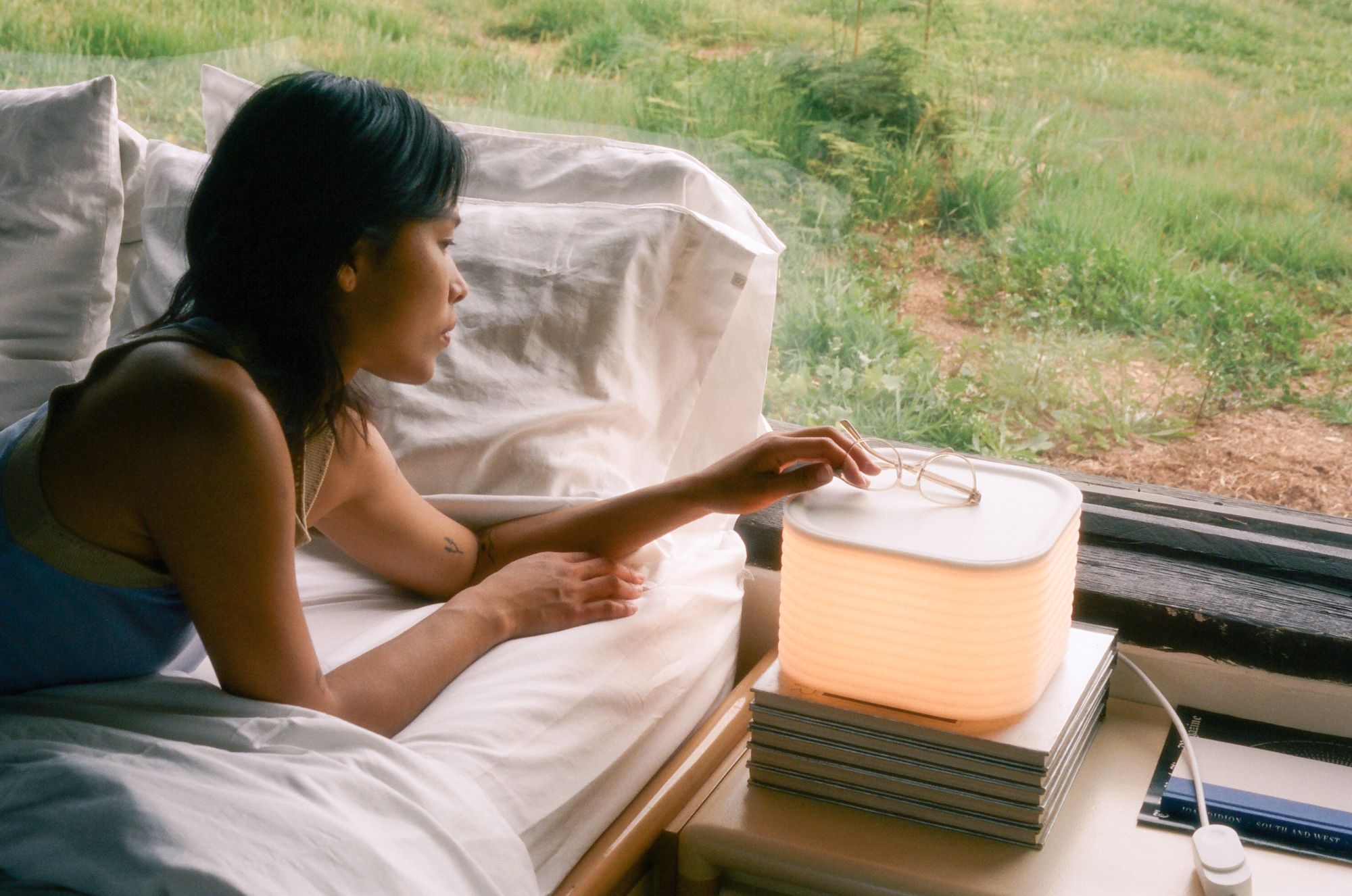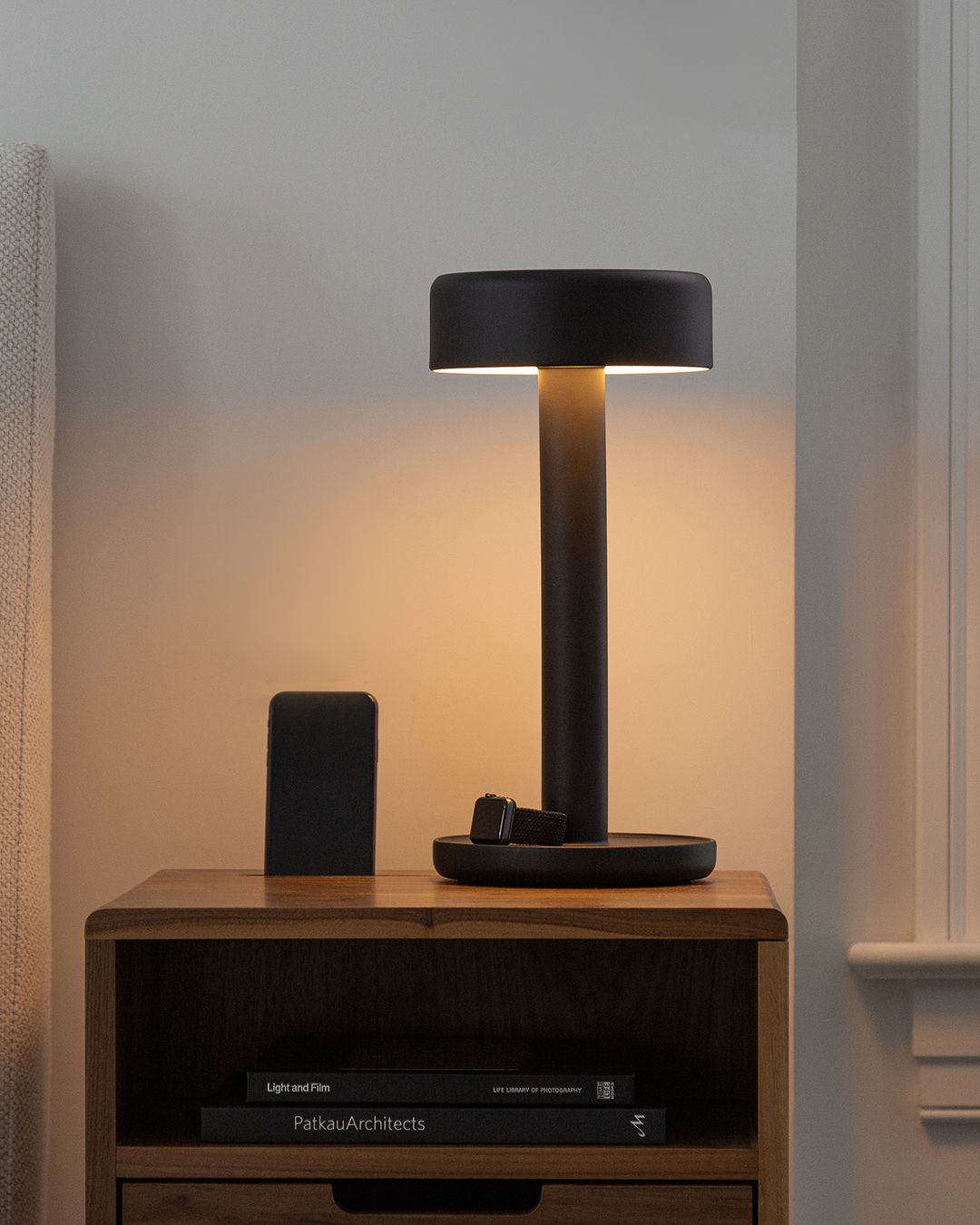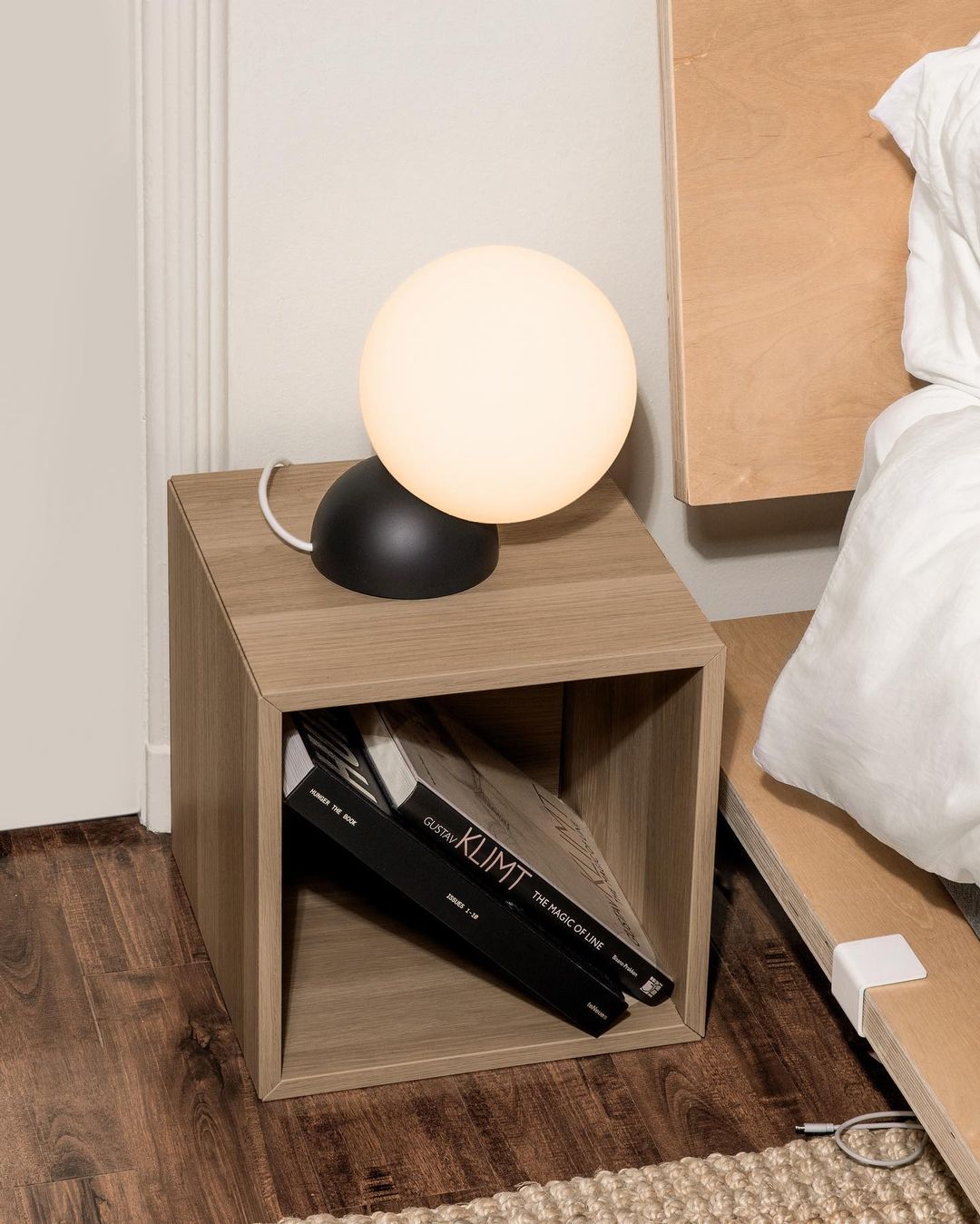The science of sleep and light
Rest easy with these simple lighting tips
Written by Ian Yang
Mar 10, 2022

Obvious or not, light is the single most important external factor that affects our sleep. While yes, it’s easier to sleep in the dark – the link between light and sleep is actually much more scientific. As humans, our sleep patterns developed to follow the pattern of the sun but with the introduction of electricity (and now, that pesky iPhone) exposure to light has become ubiquitous. As such, our exposure to light can alter our circadian rhythm, melatonin levels and sleep cycles.
Light and circadian rhythm
Circadian rhythm is essentially our internal 24 hour clock that coordinates processes for our bodies including sleep. When light enters the eye, the brain interprets what time of day it is and sends signals throughout the body. Exposure to light early in the morning pushes our sleep schedule earlier while light exposure in the evening pushes our sleep cycle toward a later bedtime. Ill timed exposure to artificial light can throw your sleep off track and create other health problems down the line.
Light and melatonin
Melatonin is a hormone that helps our bodies facilitate sleep. While Melatonin is natural, it is closely tied to our exposure to light. While darkness triggers its production, light exposure can slow or halt it – making it more difficult to fall asleep easily.
Light and sleep cycles
Within an average night of sleep, we experience four to six sleep cycles. Each cycle is made up of multiple stages of sleep including REM and non-REM. Light exposure at night can disrupt these cycles, reducing your quality of sleep and causing unexpected awakenings.


Artifox Table Light by Artifox | Cantilever Table Light by Louis Filosa
Lighting tips for better sleep
So how can we adjust our bedroom lighting to help our sleep? We got you.
Embrace an evening routine
Make lighting a part of your bedtime routine to create good habits for restful sleep. When it’s time to wind down for bed, try dimming a nightstand fixture like Artifox Table Light before you crack open a book and after you brush your teeth.
Limit technology at bedtime
While it can be easy to scroll the night away or binge just one more episode from your bed, the blue light from our electronics can really mess with our sleep. If you can’t eliminate them completely, try rocking some blue light glasses, switching your phone to night mode or setting a cut off for screen time.
Opt for warm lighting
While we always recommend warm light at Gantri, it's especially important for healthy sleep. Warm light helps stimulate restfulness, keeping your circadian rhythm in check. Try switching out any harsh overhead lighting for softer fixtures like Palm Floor Light or Maskor Table Light.

Utilize dimmers
Dimmers give you complete control over your lighting. As the night progresses, you can adjust brightness levels to keep light exposure low as you get ready for bed. Lucky for you, Gantri’s Dimmer comes standard with every light. The unique sliding feature provides a better and more seamless dimming experience. For bedside lighting we recommend TRAY Table Light or Cantilever Wall Light.
Rise with the sun
To keep your circadian rhythm on track, make a point of starting your day with light. Let sunlight into your space and switch on light fixtures to jumpstart your morning. For bonus points, pair a bedroom light like Arpeggio Table Light with a timer to ease you into your day.
© 2025 Gantri, Inc. All Rights Reserved.